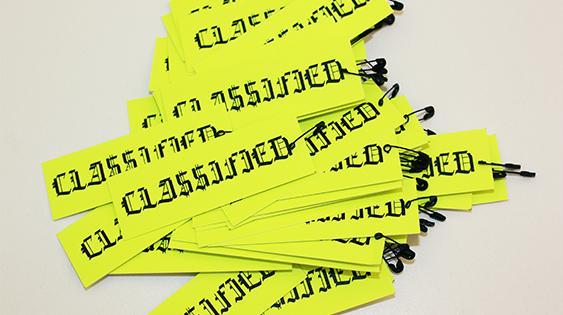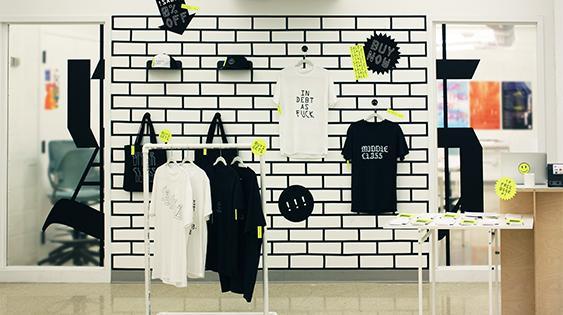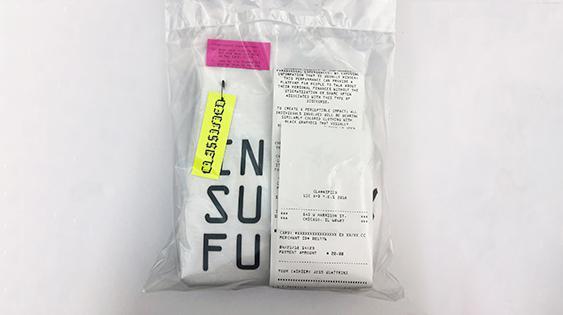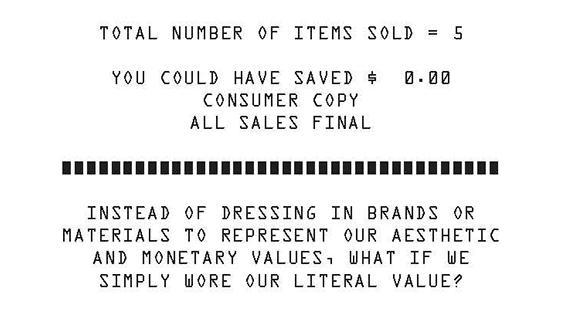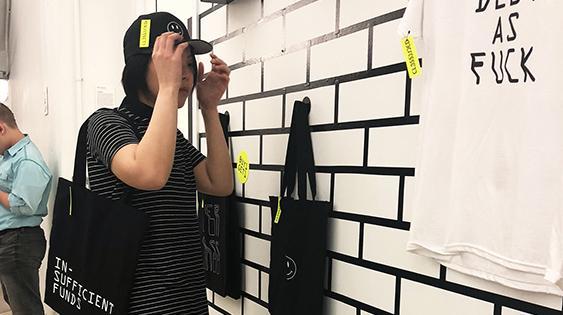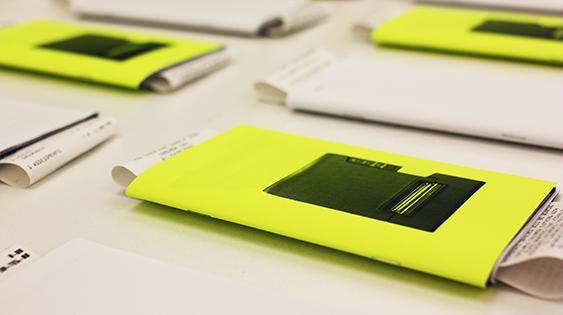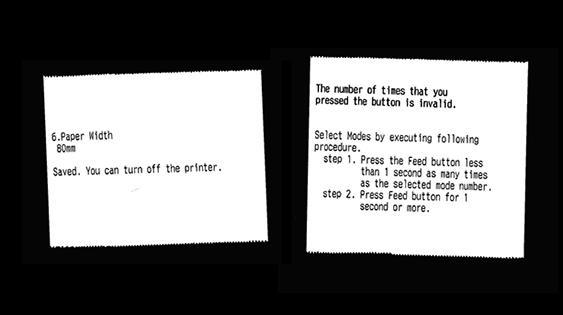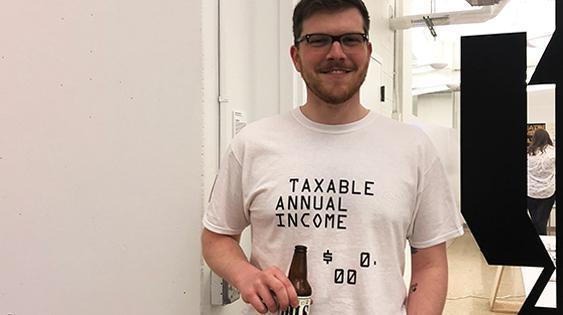CLA$$IFIED
For my final MDes project, I wanted to construct a project that was not only contingent on data and statistics but also on the collaborative effort of a group of connected individuals. When attempting to determine how to increase discourse about student finance, I began by asking the speculative question, instead of dressing in brands or materials to represent our aesthetic and monetary values, what if we simply wore our literal value?
CLA$$IFIED is a two-part design performance. The first part is collaborative and exposes an aspect of each contributor’s personal financial history. This information is printed on wearable objects, such as t-shirts, to be worn at the school’s year end exhibition. The exposed content can include but is not limited to the performer’s credit score, student loan balance, or perceived social class.
The second is a pop-up shop that sells merchandise displaying more generalized and satirical content about personal finance. During the exhibition, I played the role of cashier and attempted to sell to show attendees.
This event offers a critical commentary on the financial inaccessibility of American institutions—i.e., post-secondary education, social class, tax brackets, and the credit score classification system. It is also intended to provide a framework for the cultivation of a multivalent narrative across a collection of contributing voices, one that reveals the honest, ironic, or relatively humorous reality of our shared paradoxical experiences. By exposing information that is usually hidden, this performance can provide a platform for people to talk about their personal finances without the stigmatization or shame often associated with this type of discourse.
To create a perceptible impact, all of the individuals involved wore similarly colored clothing with black graphics that visually reference documents typically used to communicate financial information, such as receipts, bills, ticker tape, tax forms, cheques, and financial spreadsheets. The content was set in OCR-A, a font designed to be easily read by computer processing programs and commonly used on checks—with an additional history of being used by grassroots social organizations. The project is meant to speak to those who navigate the public and counterpublic spheres and offers a platform for contributors to speak their truth. By employing self-deprecating satire, colloquial language, and kitsch/normcore imagery derived from contemporary internet culture and aesthetics, it seeks to make a politically volatile subject open for discussion.
